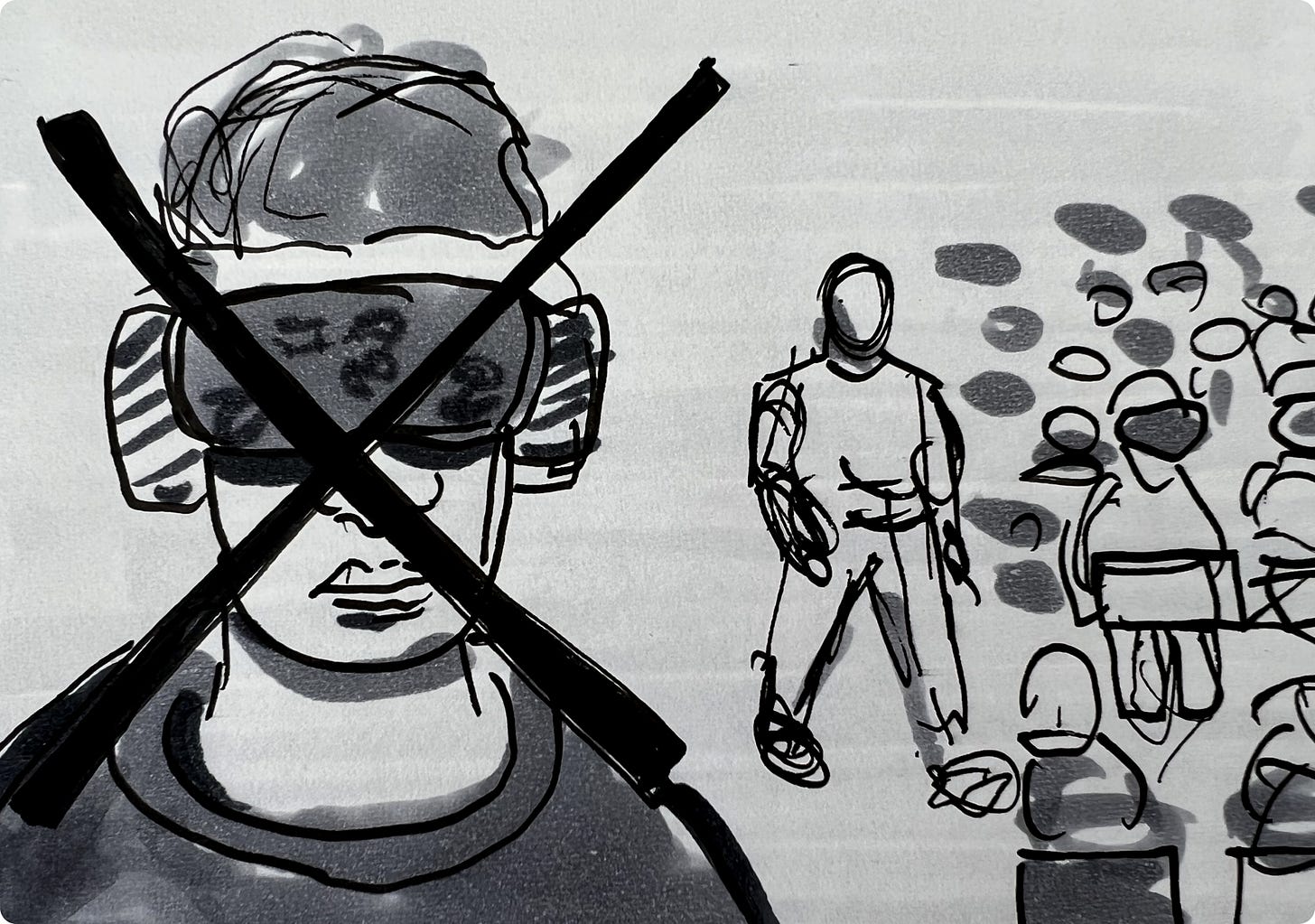I recently visited our San Francisco work office and it felt familiar, yet so foreign. At one point during my visit, I picked up a physical whiteboard marker and drew a diagram while chatting with a colleague. This feeling almost invoked tears of joy for me. It felt great moving around an office to work. Though I thoroughly enjoyed the in-office experie…
Keep reading with a 7-day free trial
Subscribe to Proof of Concept to keep reading this post and get 7 days of free access to the full post archives.


